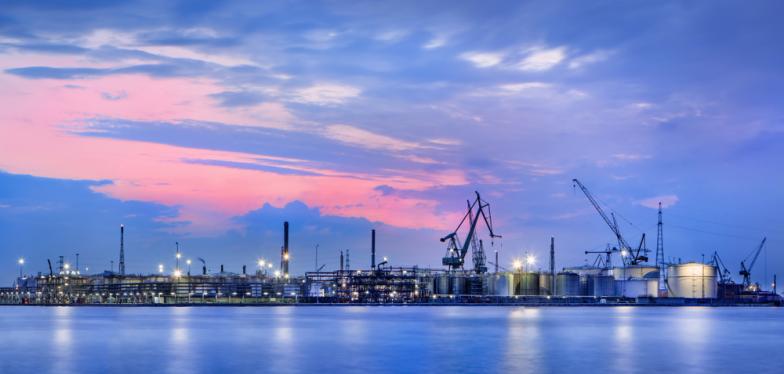Moving towards better water quality in the port of Antwerp
The port of Antwerp wants to become a role model in terms of environmental friendliness and sustainability through the use of appropriate dredging activities.

The docks and channels in the port must be dredged on a regular basis to maintain draught and ensure that vessels can pass. The maintenance dredging spoil brought to the surface is traditionally stored in specific storage areas. Part of this spoil, the TBT sediment, is heavily polluted. TBT is a toxic substance that was present in ship paint from the 1970s to 2003 to prevent mussels and algae from adhering to the hull. It is particularly harmful to the environment and difficult to decompose.
The Amoras project, which stands for Antwerpse Mechanische Ontwatering, Recycling en Applicaties van Slib (Mechanical Dewatering, Recycling and Sludge Applications) as well as the island of the same name from a Bob and Bobette comic book by Antwerp author Willy Vandersteen, aims to first remove coarse dirt and sand from the spoil, filter the wastewater and transport it back to the docks. It then purifies the TBT spoil with a carbon filter, and this water also flows back. The dehydrated residual product is crushed, into what are called filter cakes, and stored for later use in the production of building materials.
There is a triple benefit in the long term: much cleaner water, no need for large storage capacities and better use of raw materials that are becoming increasingly scarce.